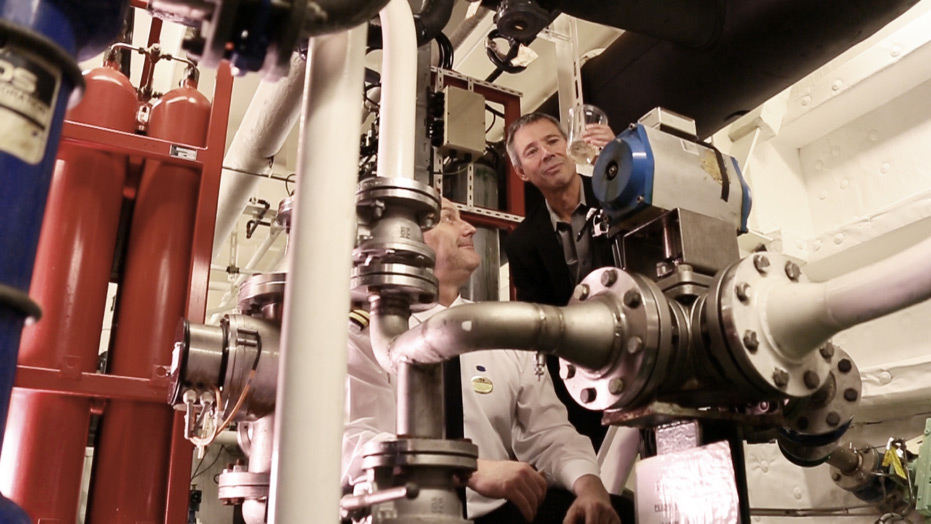
Discharged Water Must Meet Drinking Water Standards
Cruise ships discharge water that is treated to some of the world’s most stringent standards. Michelle Bonnet Hale, the former director of the Division of Water in the Alaska Department of Environmental Conservation (DEC), said it would be a step backward to require ships to hook up to community-based systems, as some have suggested. “Ironically, the discharge limits on the cruise ships are more stringent than those of the community systems. Cruise ship effluent is cleaner.”
After the Alaska State Legislature passed tough, new wastewater discharge standards in 2001, the industry invested more than $200 million to develop and install onboard technology to comply with these standards, including retrofitting existing ships. Today, cruise ships in Alaska have some of the best, most advanced wastewater treatment facilities in the world.
